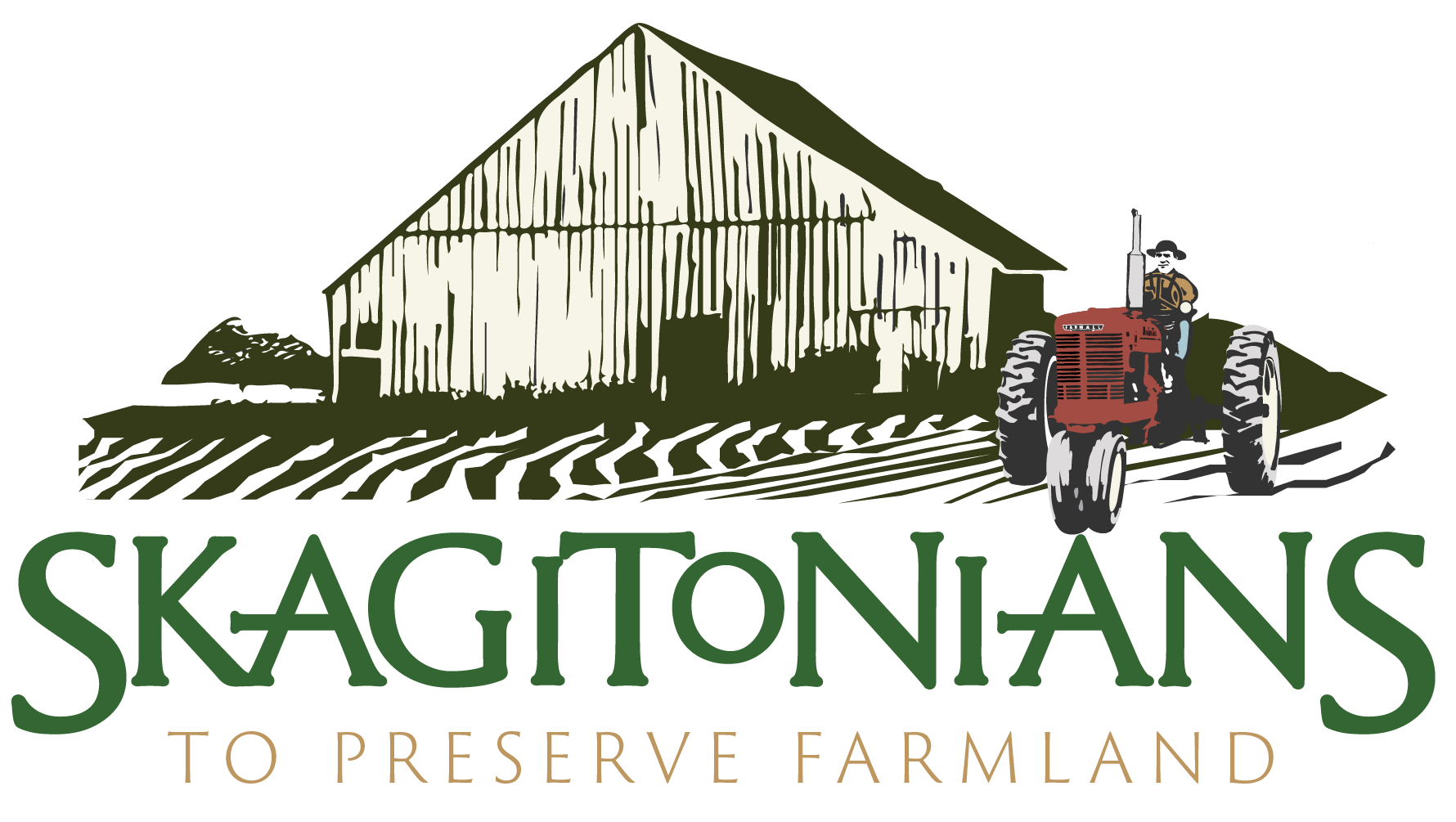The Dirt Issue 43 - Soil Food Web
Have you ever noticed how wonderful—and fresh—healthy fertile soil smells in the spring? The reason for that scent is the presence of certain bacteria that live in the soil. Or, if you’ve ever hiked in the woods on an autumn day did you notice the distinct underlying scent that announces this is woodland? That is caused by the presence of fungi. Bacteria and fungi are just two of a vast array of living organisms that make up the soil food web. Staggering in Number and ComplexityLast month we featured techniques for making soil “grow.” This month, in discussing the soil food web, we highlight how the essential nutrition in that soil finds its way into the crops farmers are growing.Soil is made up of weathered rock, air, water, and organic matter. If conditions are right, within that mixture are the indispensible ingredients of healthy soil. The key is how to make those indispensible ingredients accessible to a crop.Within the overall designation of organic matter is a small subset comprised of living organisms. As a percentage of typical agricultural soils, living organisms are way less than 1%. It may not sound like much, but here’s the staggering part: That miniscule amount contains billions—yes, billions—of microorganisms for every cubic inch of soil. Bacteria, fungi, protozoa, viruses, and algae are just the beginning. Other living organisms include nematodes (microscopic, unsegmented worms), microarthropods (tiny soil animals including mites, springtails, spiders, minute beetles, centipedes and millipedes) and even larger animals like earthworms and macroarthropods. It’s a world of its own, diverse and complex. According to Food Web & Soil Health (Ingham), “Each field, forest, or pasture has a unique soil food web with a particular proportion of bacteria, fungi, and other groups, and a particular level of complexity within each group of organisms. These differences are the result of soil, vegetation and climate factors, as well as land management practices.”The ratio of bacteria to fungi affects what can be decomposed from plant residues, manures and compost and how readily any nutrition can be made available to plants. In a very general way, bacteria are most abundant where residues are fresher. The residues break down quickly in farmland with seasonal planting in rotation. Fungi are able to break down tougher, more fibrous residues over a much longer time. According to NRCS (Ingham), healthy agricultural soils “tend to have ratios of fungal to bacterial biomass near 1:1 or somewhat less.” Compare that to 5:1 to 50:1 in a deciduous forest or orchard and 100:1 to 1000:1 in a coniferous forest.Why It MattersIt is impossible to overstate the value of living organisms in healthy soil. To quote Building Soils for Better Crops (Magdoff and van Es 37), “Soil organisms influence every aspect of decomposition and nutrient availability. As organic materials are decomposed, nutrients become available to plants, humus is produced, soil aggregates are formed, channels are created for water infiltration and better aeration, and those residues originally on the surface are brought deeper into the soil.”Living soil organisms are constantly interacting with one another especially as one organism devours another and leaves waste products that nourish yet other organisms or the crop itself. This process is known as nutrient cycling. For example, in Building the Microbial Bridge for Soil Health (Zimmer and Zimmer Durand), it states, “Nitrogen, sulfur, phosphorus and many trace elements are dependent on soil life to make them plant available, or they greatly benefit from microorganisms changing their form from one that’s hard to utilize to one that’s ideal for plants.”Living soil organisms are known as primary decomposers of all manner of organic matter, but that’s only part of what they do. They are known to suppress disease organisms, neutralize some toxins, and produce products that encourage plant growth. To quote again from Building Soils for Better Crops (Magdoff and van Es 39), “Soil microorganisms have had another direct importance for humans—they are the source of most of the antibiotic medicines we use to fight diseases.”What We’ve LearnedDiversity in soil components is essential. Just like a diversity of organic matter is the best way to grow soil, encouraging a diversity of living organisms in soil is the best way to keep that soil at optimal function and fertility. Using appropriate soil amendments helps develop a diverse population of living organisms. Some amendments like compost and manure bring living organisms with them. Knowing what they are, how they feed off each other, and how best to exploit their individual interactions is an approach that promises increasingly healthy, nurturing soils through the astonishing world of the soil food web. SOURCESIngham, Elaine R. Soil Food Web. nrcs.usda.govIngham, Elaine R. Food Web & Soil Health. nrcs.usda.govMagdoff, Fred and van Es, Harold. Building Soils for Better Crops–Sustainable Soil Management. SARE (Sustainable Research and Education), USDA, 2009Zimmer, Gary and Zimmer Durand, Leilani. “Building the Microbial Bridge for Soil Health.” Acres U.S.A., 2018
